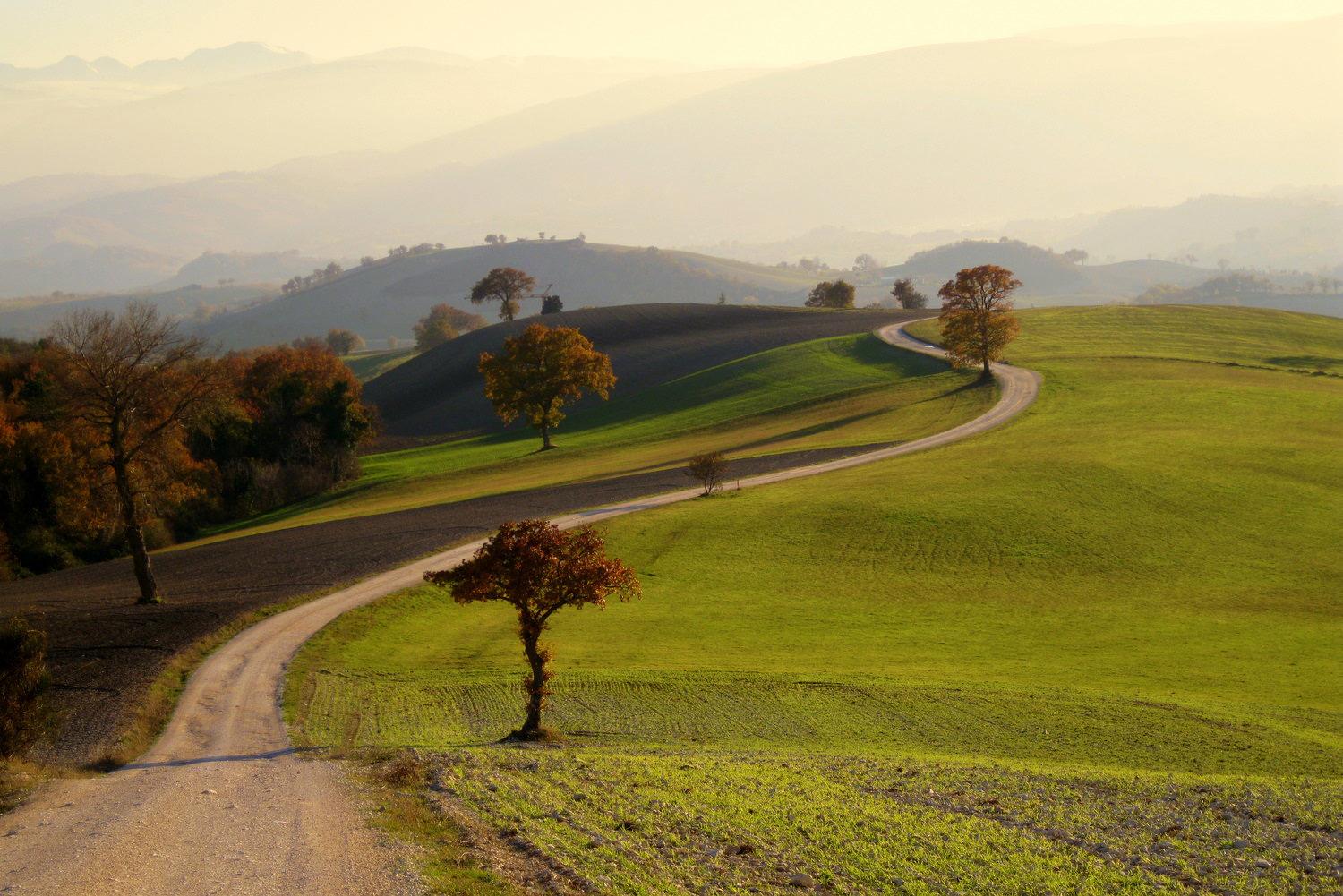One of the great challenges in photography is to bring a sense of depth to your photos, giving a two-dimensional image a real three-dimensional feel.
Not only does this produce a more interesting and intriguing photo, it also engages the viewer more, inviting them to explore the scene rather than just observe it.
There are a number of techniques you can use to enhance the feeling of depth in your shots. Although these are not set in stone, many have their roots centuries-old art, and can be applied just as successfully to photography.
Often, a slight change in viewpoint or composition can completely transform your photo. With some practice, emphasising depth in your shots will become second nature.
Include Foreground Interest
When photographing a subject at medium to far distance it can often appear flat, especially if you have zoomed in to fill the frame with the object.
Including objects at varying distances from the camera enhances the sense of depth. Image by Storm Crypt.
Include an object of interest in the foreground to enhance the sense of depth. This leads the viewer's eye around the scene, from the foreground to the subject in the distance.
Shoot in Portrait
Think about the way we see the world - if you look straight ahead and move your head from side to side your eyes naturally fall on objects which are about the same distance away. But move your head up and down and you will focus on objects at greatly varying distance - from very near to very far away.
Portrait photos naturally have lots of depth, ranging from near (bottom) to far (top). Image by Eric.
There is more depth to be found vertically than horizontally, and portrait photos naturally capture more of the scene vertically. Next time you instinctively hold your camera in landscape, consider whether you could create a greater sense of depth by shooting in portrait instead.
Change Your Viewpoint
Crouch close to the ground rather than shooting at eye level. This exaggerates the perspective as objects get smaller as they move into the distance, creating a greater sense of depth.
By capturing more of the ground, you add perspective to your photo. Image by Miren Berasategi.
Changing viewpoint has the added benefits of providing more foreground interest, and also creating a less familiar, more intriguing composition.
Frame Your Scene
Use foreground objects to create a natural frame around the subject in your photograph. This enhances the sense of depth by guiding the viewer through the scene, allowing them to mentally explore it, rather than simply presenting them with a shot of the subject which requires them to do no "work".
Use objects in your scene to create a natural frame which leads the eye. Image by José Luis Mieza.
Use a Wider Angle
Photographing with a wider angle (or zooming out) naturally exaggerates the perspective in a scene, achieving a greater sense of depth.
A wide angle exaggerates the perpective in your shot. Image by William Cho.
Moving closer to the subject and zooming out has the same effect when shooting with a zoom lens.
Use Leading Lines
Lines which move from the foreground into the scene create a feeling of motion, drawing the viewer's eye along them.
The lines of the railway track lead your eye towards the city in the distance. Image by Rémi Carreiro.
Leading lines are everywhere, from curving shore lines to fallen trees to city streets, so get into the habit of constantly being on the look out for them.
Incorporating one or more leading lines into your photo is a sure way to enhance its sense of depth.
Layering
By overlapping objects you help the viewer to reconstruct the three-dimensional scene in their mind. This allows them to mentally be "in" the scene, rather than just seeing a photo of it, creating a much stronger sense of depth.
The overlapping of the hills and trees in this image helps the viewer reconstruct the scene in their mind. Image by Luigi.
Layering is particularly effective when there is a notable contrast in the shade or texture of two overlapping objects. This contrast helps to separate the objects from one another.
